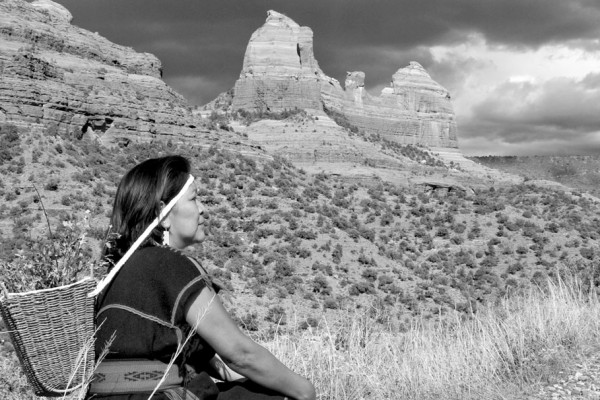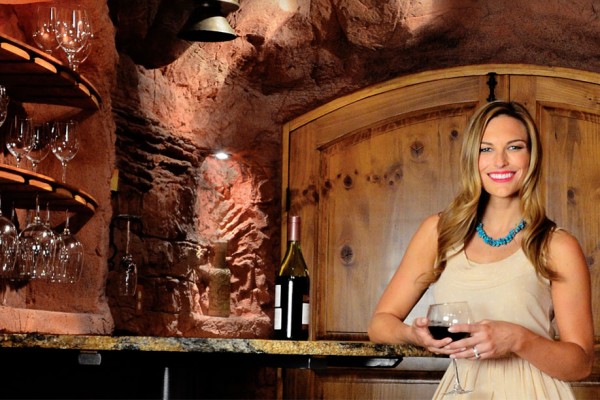Continued (page 8 of 10)
How long did it take to make the movie?
You’re not going to believe this. Two weeks. We worked night and day. We used a different type of camera. It’s digital that looks like film. We were able to get everything edited in a computer. Things have changed drastically in the moviemaking world. You no longer have to have people cutting the film and screening it on a projector. It’s a different world, and Martin wanted to take advantage of that different world.
The references to Facebook and Twitter are great. Are you on Facebook or Twitter?
It’s so part of our universe. My husband does Facebook and Twitter, and if I think of anything funny, he puts it on my Facebook page. I don’t want to bother with it. I have gotten in touch with people from high school, and it’s fun seeing pictures of their kids, but I’m not obsessed with it like some people.
What do you and Martin want people to take away from this film?
Financial reward isn’t the most important thing in life. Creating and being proud of what you do is more important than making a bet on oil.
Will Thanks premiere in Sedona?
It’s premiering at a festival the month before Sedona, so Sedona will be the second festival.
Last time you spoke to us, you hadn’t been to Sedona. You’ve been here since. What do you think of it?
It’s such an inspiring place. Martin thinks it could be a good place to make a film, so watch out. Martin could be coming there next.
Do you get a chance to attend many film festivals?
Our last one was in Toronto, 15 years ago. It’s time for another one, don’t you think?
What role do film festivals play in moviemaking?
I have to be honest. I read about film festivals, and I think Hollywood is kind of hijacking the festivals at this point. They are making films with major stars and calling them indies. They want pictures on the red carpet, and festivals look at who’s in the movie rather than the movie.
I think you’ll be pleasantly surprised by our festival.
Don’t let Hollywood hijack it. It should be about creative people who are doing something different rather than interlopers.
Blue Eyes: David Rasche
Actor David Rasche is a big fan of the Sedona International Film Festival. Last year, he attended the festival for the first time, representing the film Crimes of the Past, and he can’t say enough good things about the event. This year, David stars in a Brazilian film called Olhos Azuis, or Blue Eyes. David’s repertoire includes appearances on television series such as Miami Vice, Suddenly Susan, All My Children and Law and Order. He’s also had roles in Burn After Reading, In the Loop and Just Married. Blue Eyes takes a look at the United State’s post 9-11 immigration policies from the perspective of Latin American citizens, and it’s sure to spark lively audience debate.
Sedona Monthly: Tell us about the first time you read the script for Blue Eyes and why you chose the film.
David Rasche: It was an actor’s dream come true. First of all, it was shot in exotic locales. One was Rio de Janeiro, which is arguably the most beautiful capitol city of the world. Sedona is beautiful – don’t get me wrong – but this place actually has water. It’s like Sedona with an ocean. The other half of the film was shot in the interior of Brazil – I’d never been there and knew nothing about it. If it wasn’t for this film, I would have never gone. But the main thing I thought was interesting was that it’s a Brazilian’s view of American immigration. I was curious about how they saw us – not that they are right or wrong, it was just interesting. To crystallize it, they do not understand why an educated, intelligent Brazilian with money should have any trouble getting into the United States. There’s a love-hate relationship with the United States: They envy us, they love us, they admire us. I met kids down there who knew more about American jazz then I’ll ever know.



